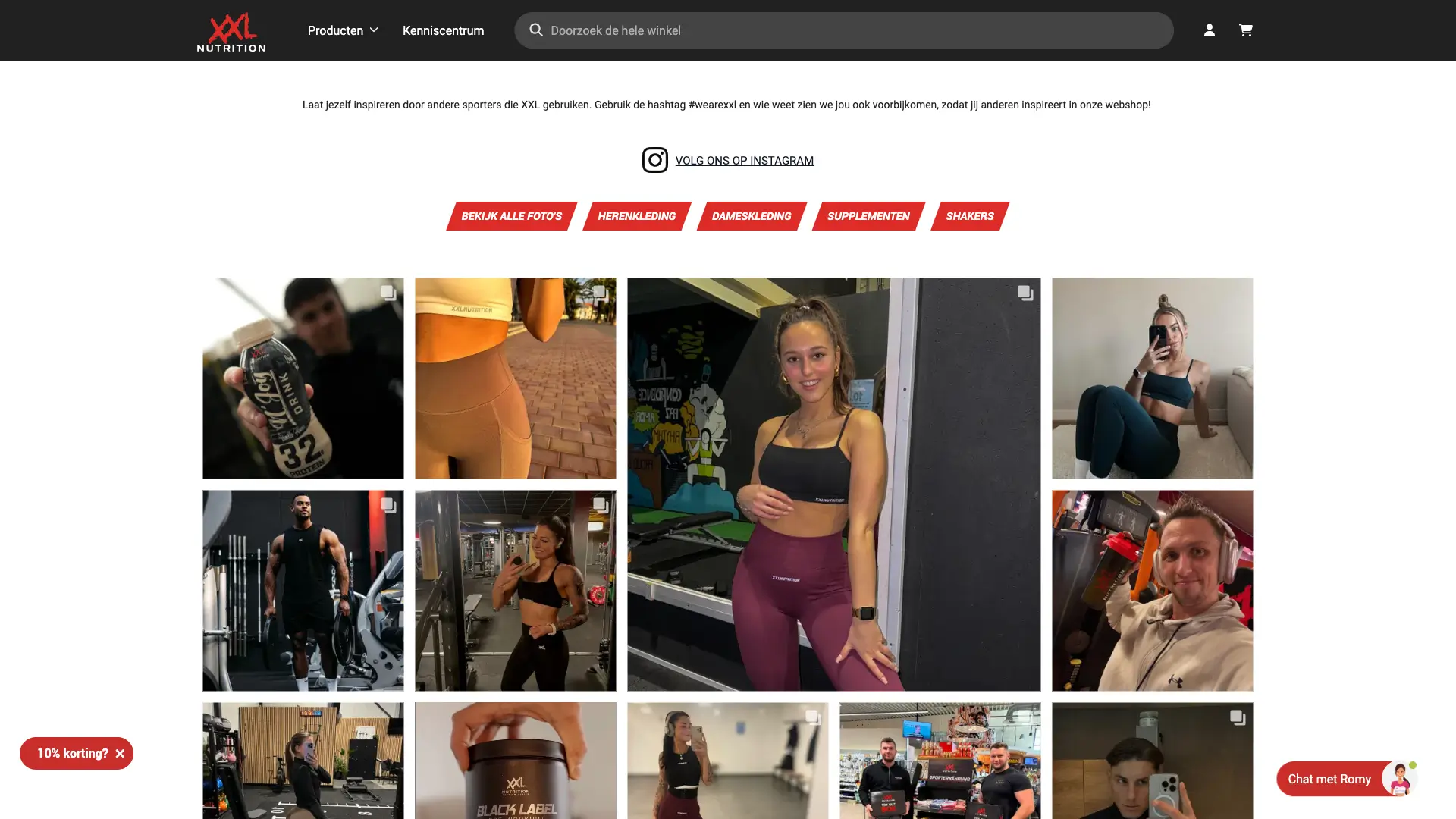Table of Contents
The battle between user-generated content and professionally generated content continues to shape how we consume and interact with media.
As social media platforms evolve and content creation tools become more accessible, the line between amateur and professional content continues to blur. Understanding how user-generated content resonates with audiences and builds authentic connections has become essential for businesses and creators looking to build genuine engagement and community trust.
This article shows the superiority of UGC vs PGC and provides the statistics to prove it.
User-generated content has proven to be a more effective and influential marketing tool than traditional branded content in several key areas, primarily due to its authenticity, engagement potential, and cost-effectiveness.
Unlike professionally produced content, which often feels scripted and overly polished, UGC resonates more with consumers because it is created by real people sharing genuine experiences.
Studies show that 60% of consumers find UGC to be the most authentic form of content, which directly impacts their purchasing decisions. In fact, 93% of marketers who utilise UGC report better performance compared to branded content, highlighting its ability to build trust and credibility.
That’s why so many brands are choosing to incorporate UGC into their digital marketing strategy, because it truly helps in engaging an audience. Desio realised an engagement rate of 83.44% on their UGC after incorporating it on the website.

According to studies, campaigns incorporating UGC have experienced a 29% increase in web conversions compared to those without it. This demonstrates that consumers are not only more likely to engage with UGC but also more willing to take action because of it.
The reason behind this is simple as UGC fosters a sense of community and trust, making consumers feel like they are receiving recommendations from real people rather than being marketed to by a brand. The statistics for the brands that work with Flowbox back this up and show even better results.
When incorporating a UGC strategy with Flowbox, furniture brand ScS saw a 4.1x increase in conversions from users who interacted with the user-generated content on their website. Similar to the 3.7x increase in conversions experienced by Naturitas.

Beyond engagement, UGC has a direct influence on consumer purchasing decisions, making it more valuable than professionally produced content. Around 40% of shoppers consider UGC to be extremely or very important when making purchases, ranking it above traditional product videos and comparison charts.
The level of trust associated with UGC is significant, study by Nielsen revealed that 92% of consumers trust recommendations from friends, family and peers more than any form of advertising. This shift in consumer behaviour shows that people rely more on peer experiences and reviews than on carefully curated brand messaging.
From a business perspective, UGC is not only more effective but also far more cost-efficient than professional content production. Creating high-quality branded content can be expensive, requiring professional photographers, videographers, and production teams. In contrast, UGC allows brands to leverage content created by their customers, cutting down costs significantly.
In fact, 85% of marketers consider visual UGC a more cost-effective option than traditional professional photography. This makes it a practical and scalable strategy for brands looking to maximise their marketing impact without excessive spending.
Brands who work with Flowbox note how much more cost-effective it is. XXL Nutrition use UGC as their product images in their website instead of paying for high production images and videos. When focusing on generating authentic marketing content, consider how UGC can supplement your existing content calendar and reduce production costs.

According to client data, user-generated images are more likely to convert customers when paired against “professional” or non-UGC images. Our research showed that social users are five times more likely to purchase after clicking on a user-generated photo.
To create our data set, we took 18 of the best-performing brands currently using the Flowbox platform. All 18 brands integrate the Flowbox platform onto their product pages, allowing online customers to see images of specific products that originated on Instagram.
We used Flowbox’s ‘Top Photos’ feature to identify up to 20 top-performing images based on their estimated revenue online. This gives us the most reliable set of images available for our analysis, a total of 343 images.
One key metric we measure for all images we push onto our clients’ websites is ‘conversion’: the number of times a customer has interacted with an image and then purchased the product featured in the image. This is an excellent stat as it tells us how successful each image is at convincing customers to click ‘Buy’ and make a purchase. So, with conversion, we have a great metric for comparing the success of our UGC and PGC.

We carried out a side-by-side analysis of the conversion created by UGC vs PGC, and the results are striking. We find that UGC is 5x more likely to create a conversion compared with PGC. UGC images achieve an average of 85.09 conversions relative to 17.19 for PGC images.
User-generated content has completely transformed how we connect with audiences online. It’s not just another marketing trend; it’s a fundamental shift in how people consume and trust content. The future of digital marketing isn’t about perfect lighting or professional scripts, instead, it’s about real people sharing real experiences.
When real people share their genuine experiences, they create something that even the most polished professional campaigns can’t buy: trust. And with UGC driving 5x more conversions than traditional content, brands can’t afford to ignore this powerful tool.
If you’d like to see even more compelling statistics around UGC check out our comprehensive article all about User-Generated Content Statistics.